Purified Water vs. Spring Water: The Differences
Water is a fundamental element for human survival and the choices available in the market can sometimes be overwhelming. Two popular options, purified water, and spring water, often leave consumers contemplating the differences between them. I want to talk to you about the production processes, environmental impact, and health considerations of purified water and spring water. After it’s all said and done, personal preferences come into play when it comes to which water to have available at your home. Purified water vs. spring water, there are many differences.
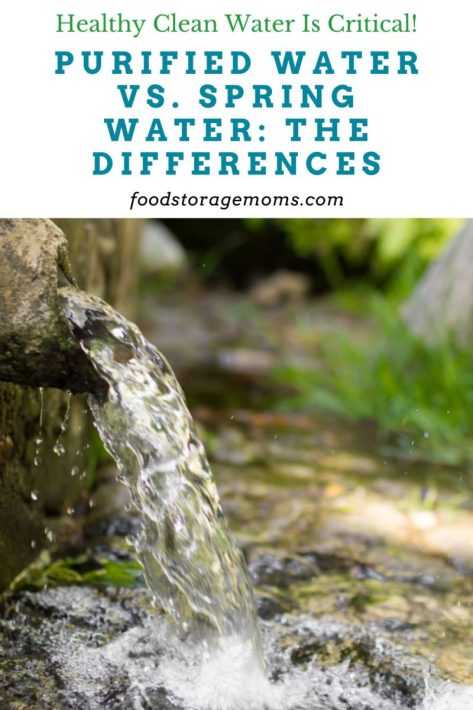
1. Definition and Sources
Purified Water
Purified water is precisely what the name suggests, water that has undergone a process to remove impurities, chemical pollutants, particles, and contaminants. The purification methods may include distillation, reverse osmosis, carbon filtration, and UV treatment. This results in water with a high degree of purity, free from minerals, bacteria, and other pollutants. Bottled Water: Is It Safe to Drink?
My Favorite Filtered Water: Reverse Osmosis (I change the filter(s) once a year and clean the tubes)
Spring Water
On the other hand, spring water comes directly from underground springs. These are natural sources where water emerges from the Earth’s crust, often originating from underground aquifers. Spring water is prized for its perceived freshness and content of natural minerals, which it acquires as it passes through rocks and soil.
2. Production Processes
Purified Water
The production of purified water involves several intricate steps to ensure the removal of impurities, including potentially harmful chemicals. Distillation provides distilled water, where water is vaporized and condensed, which is effective in eliminating minerals and contaminants. Reverse osmosis utilizes a semi-permeable membrane to filter out impurities. Carbon filtration uses carbon filters that absorb pollutants, and UV treatment kills bacteria and viruses. Some purified water brands use a combination of these methods to achieve the desired level of purity.
Spring Water
Spring water, being sourced directly from natural springs, undergoes a less intensive process. It is typically collected and transported to a bottling facility, where it may undergo minimal filtration and disinfection to meet safety standards. The focus is on preserving the water’s natural qualities rather than extensive purification.
3. Mineral Content
Purified Water
Purified water, by design through the filtration process, tends to have a lower mineral composition compared to spring water. The purification processes are effective not only in removing impurities but also in reducing the concentration of minerals. While this might be preferable for some, others may miss the taste and potential health benefits associated with minerals. The Best Portable Water Filtration Unit
Spring Water
Spring water is renowned for its mineral-rich composition. As the water percolates through rocks and soil, it absorbs minerals like calcium, magnesium, and potassium. These minerals can contribute to the taste of the water and may offer health benefits, although the quantities can vary based on the specific spring.
4. Taste and Preferences
Purified Water
The taste of purified water is often described as clean and neutral. The absence of minerals can make it a preferred choice for those who appreciate a crisp and refreshing taste without any discernible flavor that you might get with chemicals like chlorine from tap water. Safe Drinking Water in Emergency Preparedness
Spring Water
Spring water, with its mineral content, can have a distinct taste that some find more appealing. The minerals contribute to a subtle earthy or slightly sweet flavor, providing a sensory experience that goes beyond mere hydration.
5. Environmental Impact
Purified Water
The production of purified water involves energy-intensive processes such as distillation and reverse osmosis. The packaging, often in plastic bottles, contributes to environmental concerns due to issues like single-use plastic waste and carbon emissions from production and transportation. The Importance of Air Filters for a Healthier Living Environment
Spring Water
While spring water production may have a lower environmental impact in terms of purification processes, concerns arise from the extraction and packaging stages. The transportation of water from the source to the bottling plant and then to consumers can result in significant carbon footprints, especially for brands that source water from distant springs.
6. Health Considerations
Purified Water
Purified water is an excellent choice for individuals with specific health concerns, such as those with compromised immune systems or certain medical conditions. The thorough removal of contaminants ensures a consistently safe and pure water source. 50-Year Shelf Life Canned Water-Blue Can Pure Water
Spring Water
Spring water, with its natural mineral content, can offer potential health benefits. The minerals, including calcium and magnesium, contribute to daily dietary intake. However, individuals on restricted diets or with specific health conditions may need to consider the mineral content in their overall nutritional context.
7. Regulatory Standards
Purified Water
Purified water is subject to stringent regulatory standards, ensuring that it meets specific quality criteria. These standards are set by governmental bodies like the FDA in the United States, and international organizations, providing consumers with confidence in the safety and purity of the water they consume.
Spring Water
Spring water is also subject to regulatory and health standards to reduce health risks, but the emphasis is often on ensuring that the water comes directly from a natural spring source and meets basic safety requirements. The mineral content is generally not as strictly regulated as in purified water. Prepping Items You Can Buy From The Dollar Tree
8. Cost Considerations
Purified Water
The production processes and purification methods involved in producing purified water can make it more expensive compared to other types of water. The cost of equipment, energy used, and maintenance requirements contribute to the overall pricing. Why You Shouldn’t Put All Your Prepping Gear in One Place
Spring Water
Spring water, sourced directly from natural springs, might have lower production costs in terms of purification processes. However, factors such as transportation, packaging, and branding can influence the final retail price.
More Tips
Final Word
Ultimately, the choice between purified water and spring water is subjective and depends on individual priorities. Whether it’s the crisp purity of purified water or the earthy richness of spring water, consumers can make informed decisions by considering taste preferences, health needs, environmental impact, and budget constraints. May God Bless this World, Linda
Copyright Images: AdobeStock_203313284 Natural Spring Water By Oktay, AdobeStock_668561971 Woman gets filtered water from stainless faucet into reusable bottle By Black day

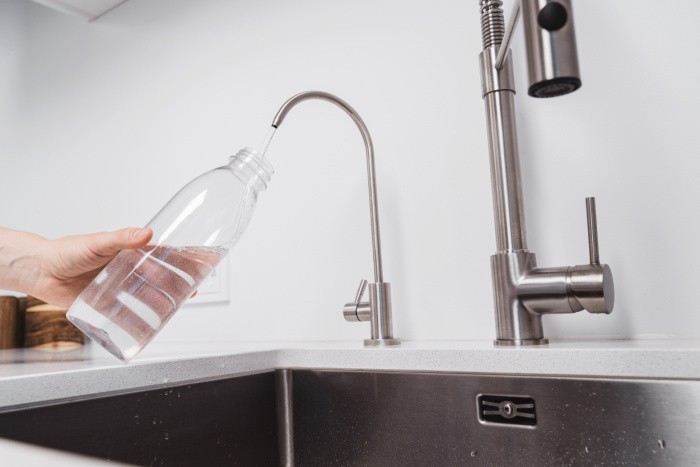

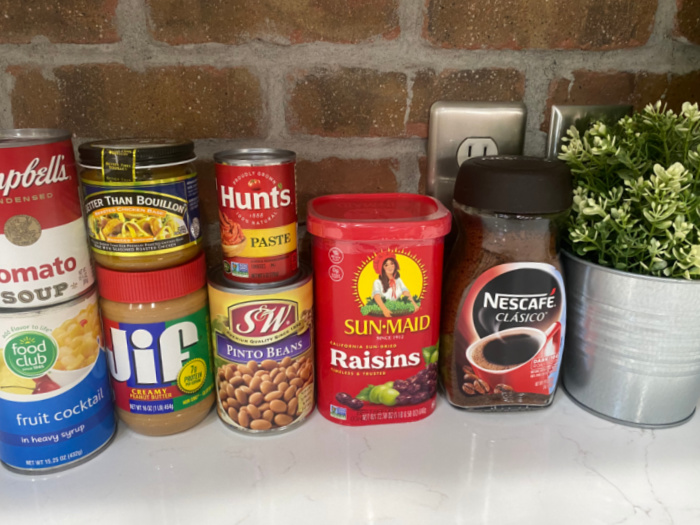
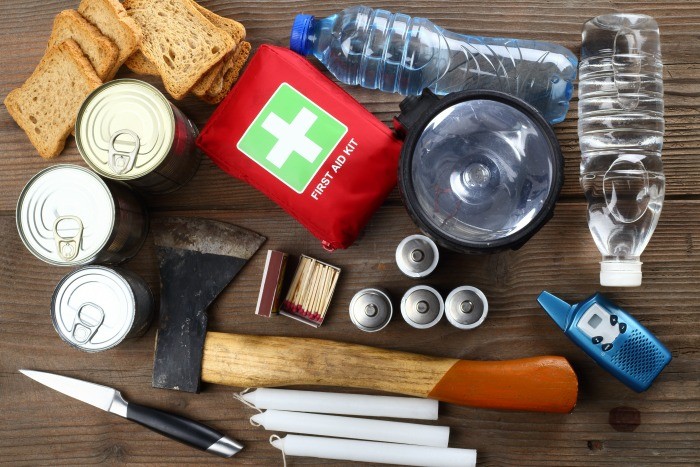

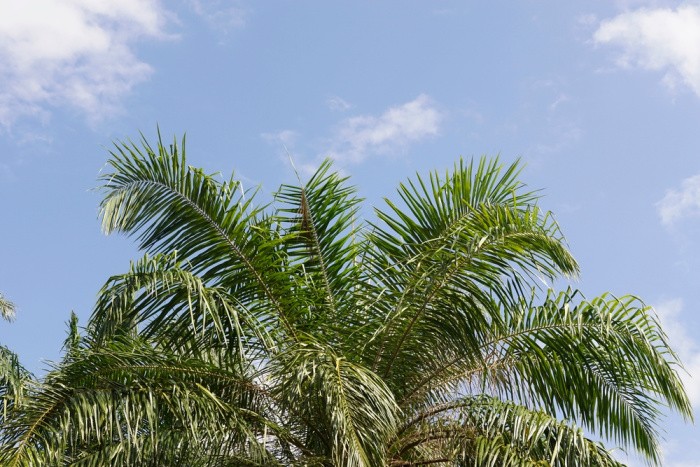
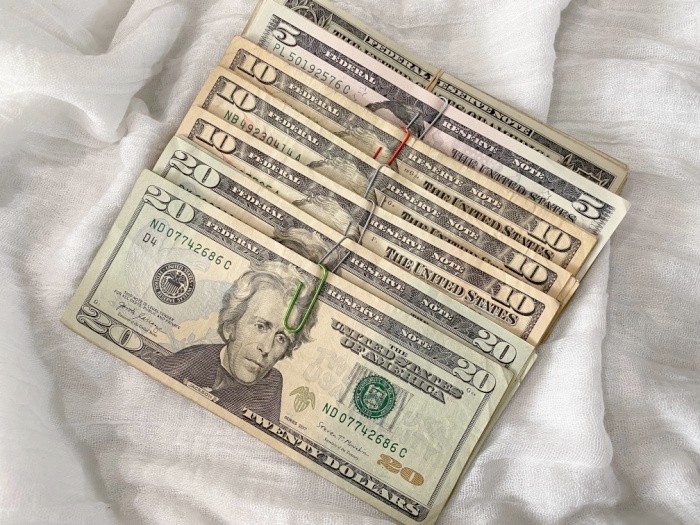
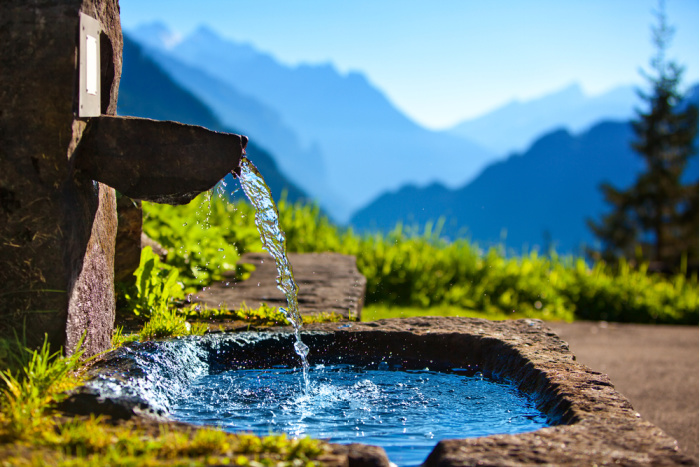













Sparkling water another type of water common in other countries especially in Europe. Googling it comes up with: “Sparkling water, also known as “seltzer water” or “carbonated water,” is water that has carbon dioxide bubbles in it. This gas may be natural or it may be infused into still water. In some forms, it can be a refreshing and healthy alternative to soda.”
In Germany we accidentally bought liter bottles of “water with gas”. You have to be careful (use your translator) to buy “still water”. It is sold with the other waters in all sizes and is quite popular. We’re not a fan and ended up tossing it.
Hi Kay, I have gone to lunch with friend and when I ask for water sometimes its carbonated! It’s not my favorite, it may take time to get used to it. Althugh I rarely eat out. LOL! Great comment, Linda
Just want to emphasize that while distilled water is by definition purified, not all purified water is distilled. So folks who need distilled water (for CPAP, steam irons, etc.) need to be careful about what they get from the store. If no distilled water is available, then purified is better than spring or tap, but it’s up to you if it’s better than nothing.
In these strained supply-chain days it’s hit or miss if the market has distilled water – which is why I stock up every time I find it on the shelves….trying to keep two or three months of stock on hand.
Hi DMWalsh, you are right it’s my understanding only distilled water can be used in CPAPs, so purified water doesn’t work. I have also heard distilled water is hit and miss in the grocery stores. Please stock up if you need some. Linda
Yep…
Technically any water in a CPAP will keep the humidity level up, BUT… that means either you’re breathing in the junk in the water or the leftover minerals will gunk up the inner workings of the CPAP. Neither is a good thing.
So in a pinch I can use purified water, but it’s not my first choice as it could harm me or the equipment.
HI DMWalsh, thanks for clarifying that, my son in law uses distilled water only in his CPAP. Linda
I am getting water at my daughter’s home – it is purified through reverse osmosis. I was buying my water in gallon jugs but now I have so many plastic jugs that I am searching Pinterest for interesting ways to repurpose them! I have used some for storage of dry foods but that only goes so far!! I also have a Berkey but the water here still has an off taste to me. Someone told me the water was drinkable but not the best in the town I live in. Also, I live in an old house – probably built in the 1930s and perhaps the plumbing has not been updated in nearly a century!!!!!!!!!!!!!
I have also read that with the lack of minerals in purified water, one should take additional mineral supplements. My daughter’s family use a mix in that has trace minerals in it. I will need to find out what the brand is and get some since I am going to be drinking purified water now.
Hi Leanne, yes Reverse Osmosis removes the mineral and the bacteria. Most brands remove 99.99% of the bad stuff. I take vitamins so I don’t care about the minerals being gone. I worry about contaminated water. That’s a shame the Berkey water has an off taste, darn. Linda
I reuse my big jugs of water to store regular tap water for flushing toilets or other uses where water is needed. That way I have water on hand for for drinking and re-using to wash clothes, dishes, toilets or baths, etc.
Linda,
Tell Leanne if she changes our her Berkey filters for AquaRain filters it should solve her off taste problem. Most of my friends who have Berkeys have done so.
We drank Arrowhead Spring water for years, until I got our AquaRain 400 water purification system.
Hi Ray, oh, I’m so glad you mentioned this, I need people to know about the one you have! Having an AquaRain 400 is so much cheaper than hauling cases of water bottles to your home. Good one, thank for sharing! Linda
I reuse my big jugs of water to store regular tap water for flushing toilets or other uses where water is needed. That way I have water on hand for for drinking and re-using to wash clothes, dishes, toilets or baths, etc.
Hi Suzanne, great comment, water is critical to have for so many things.Linda